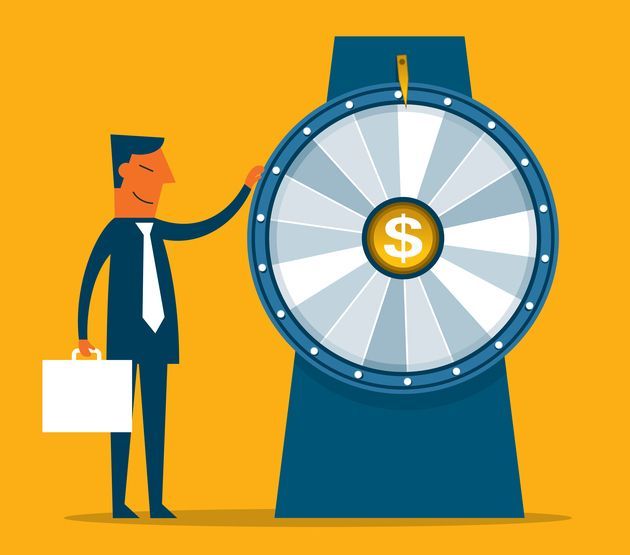ASBPE releases new ethics guidelines
We are a better industry today than yesterday.
The American Society of Business Publication Editors has released its new set of ethics guidelines. I'm pleased by what ASBPE has done. I think all of us can be proud of what the guidelines say, and each of us should be honor-bound to adhere to them.
You can see the new "Guide to Preferred Editorial Practices" by clicking here. Take some time today to give the guide a quick look. Then, when time allows, make sure you read it in its entirety. Make sure that your coworkers read it too.
In brief, you'll see that ASBPE is calling for a more transparent ethics system, urging publishers to "to make their ethical standards transparent both for its internal staff and externally for its readers, advertisers, and others in their markets." Since that pretty closely tracks what I have urged ASBPE to do in earlier posts such as this one, I'm particularly pleased.
Among the specific items that have gladdened my heart is a call for "full attribution of sources." The guidelines say "Sources should be identified for readers except in rare circumstances, for example, to protect the source from the repercussions of speaking to the reporter. If cited anonymously, use the most complete and accurate description of the source possible."
Readers of this blog know I've long bemoaned the way so many of us in B2B misuse anonymous sources. Now our rules on this have been made clear -- tell your readers as much as you can about the sources in your stories. Don't take shortcuts. Don't mislead. Don't say "sources said" when you mean "a source said."
The ASBPE guide doesn't address everything I would have hoped. For example, there is no clear requirement to label unedited press releases as press releases. Nor is there a call to do a better job of reporting on our own companies by ending the practice of running press releases from our own marketing departments as news. (Note, the guide does call for "full attribution to sources," which I interpret as exactly the sort of call to clarity that I want B2B editors to embrace.)
But I don't want to complain. There is so much that is good and praiseworthy in the guidelines -- calls for feedback mechanisms, clarity in online editorial rules, etc. -- that I cannot help but feel that B2B journalism has taken a remarkable step forward.
(DISCLOSURE: ASBPE was kind enough to seek my input on ethics several months ago. The suggestions I made to the association can be found by clicking here.)
For more on the new guidelines, check out the blog by the Boston chapter of ASBPE.
tags: journalism, b2b, media, trade press, magazines, newsletters, conversational media, business media, journalism education, journalism ethics




